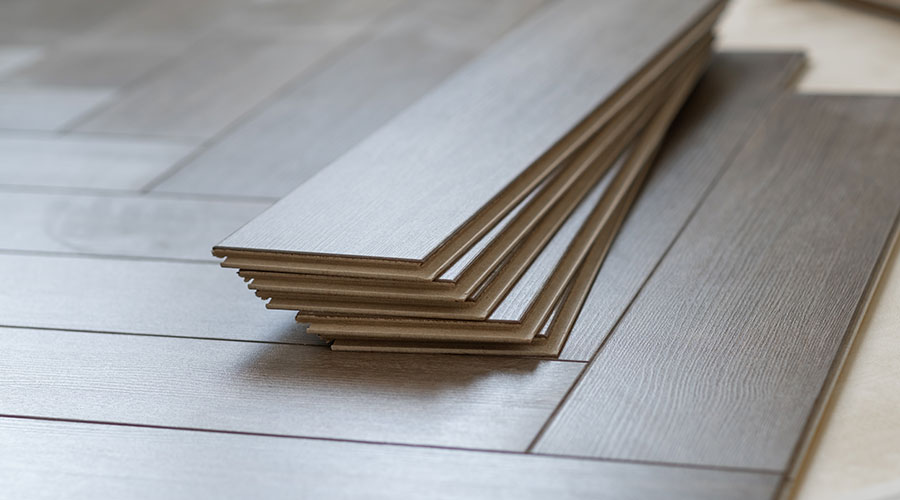Deflection, Crushing of Roof Insulation Can Contribute to Single-Ply Roofing Failures
Another mode of failure in single-ply roofing systems is deflection and crushing of insulation boards. The most commonly used insulation type is polyisocyanurate due its relatively high R-value per inch, long-term R-value performance, long and successful track record, and compatibility with common roofing adhesives. Polyisocyanurate insulation is available in 20 psi and 25 psi compressive strengths. It is a common misconception that cover boards are not needed and that the polyisocyanurate insulation has a high enough compressive strength to support the roof loads. Roofing manufacturers don't typically require cover boards, and so they're often eliminated from the roofing system to reduce costs. Cover boards should always be considered in roofing systems, specifically for protection of the insulation and for the benefits of prolonging the roof membrane itself.
ASTM D 1621-10 Standard Test Method for Compressive Properties of Rigid Cellular Plastics is the standard test method to evaluate the compressive strength of polyisocyanurate insulation. The test defines failure as the point of plastic deformation — i.e. the insulation will not return to the original shape — or 10 percent deflection of the insulation; the insulation passes this test if deflection is less than 10 percent of the insulation thickness. Deflection that is less than 10 percent of the insulation thickness can be sufficient to damage the roofing membrane. For example, 9 percent deflection of six inches of insulation is more than half an inch.
Regular foot traffic, tool carts, equipment, and concentrated loads can cause the insulation to deflect or exceed the compressive strength of the insulation boards, and crush the foam insulation core or separate the facer from the insulating core. Hail can also cause widespread damage to the insulation beneath the roofing membrane. Deflected or crushed insulation, or separation of the facer from the insulation core, causes the membrane to fail and become unsupported, which decreases the puncture resistance of the membrane and can cause seams to open.
Unbonded areas can also "flutter" during wind events, resulting in gradual debonding of adjacent areas and possibly large-scale membrane blow-off at wind speeds significantly lower than those for which the roof is designed. Cover boards provide rigid support for the membrane and distribute loads that are applied to the roof, decreasing the potential for debonding of the membrane. Use of high compressive strength insulation — 25 psi in lieu of 20 psi — is not an equal substitution to providing cover board, but can improve support for the roof membrane directly applied over insulation.
All of these common failures can generally be avoided with proper design and installation methods. As is the case with built-up roofing systems, maintenance is important in identifying problems in single-ply roofing systems to prevent catastrophic failure (i.e., addressing localized problems before they "grow" into full-scale failures). Understanding the limitations of single-ply membrane systems and providing proper design, installation, and maintenance programs are key factors in the success of single-ply roofing systems.
Amrish K. Patel, P.E., LEED GA, is a senior staff member at national engineering firm Simpson Gumpertz & Heger Inc. (SGH). He has experience in the investigation, rehabilitation, and design of many building enclosure systems and specializes in roofing and waterproofing.
Matthew J. Normandeau, P.E., LEED AP, is a senior staff member at SGH. He specializes in design and investigation of building enclosure roofing and waterproofing systems.
Related Topics:














